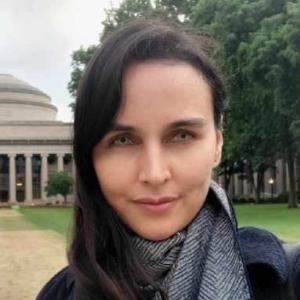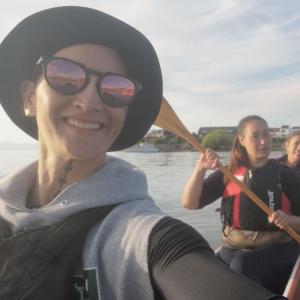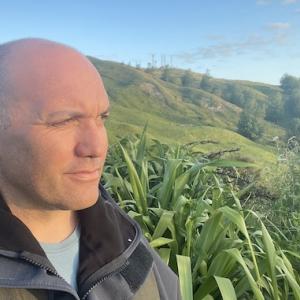The purpose of the quantitative LiLACS NZstudy is to (i) establish how life is, (ii) what is important to ongoing wellbeing and (iii) record the pathways of living during the next 10 years for 600 Māori people aged 80 to 90 years old and 600 non-Māori people aged 85 years old living in Bay of Plenty, New Zealand. This multi-organisational study involves five Māori organisations and two non-Māori providers in the Bay of Plenty region. In this presentation, Dr Kēpa will discuss why and how the research is not merely a neat, linear process.
Dr Mere Kēpa carried out postdoctoral research during 2004–2006 with Professor Linda Smith on ageing Māori people (65 years plus) and care services. This was supported by Ngā Pae o te Māramatanga, New Zealand’s Indigenous Centre of Research Excellence. The project, “Bring ‘me’ beyond vulnerability. Elderly care of Māori by Māori. Kei hinga au e, kei mate au e. Te tiaki a te Māori i te hunga kaumātua Māori” (a.k.a. the Elderly Care project), was carried out in Northland and the Gisborne region. In 2009, Mere joined Professor Ngaire Kerse as the Project Manager, Māori Cohort and Ngā Pae o te Māramatanga Research Fellow, to undertake research on the project “Life and living in advanced age: a cohort study in New Zealand (LiLACS NZ)”.
Nau mai, haere mai, all welcome!
He Kōrero | Our Stories
Neuroscientist Nicole Edwards is establishing her own lab at the University of Auckland and is eager to tautoko students interested in a career in brain research.
AUT senior lecturer Deborah Heke encourages wāhine Māori to cherish their connection with te taiao.
Tairāwhiti local Manu Caddie is a vocal critic of forestry companies engaged in unsustainable land practices in the rohe. He shares his insights on what needs to change".


